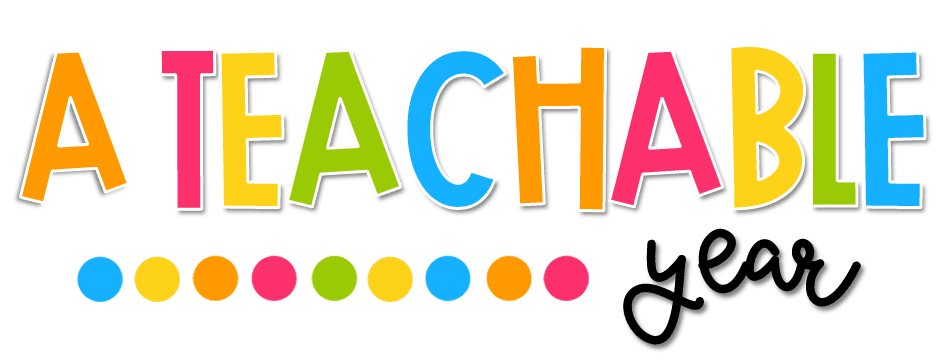Leap Day, occurring only once every four years on February 29th, is a fascinating anomaly in our calendar system. For ESL teachers, this unique occasion offers an engaging opportunity to explore the concept of leap years, history, cultural traditions, and the significance of this rare day while immersing students in language learning.
Understanding Leap Day
Leap Day, or February 29th, is added to the calendar in leap years to synchronize the calendar year with the astronomical year. This adjustment accounts for the extra time it takes the Earth to orbit the sun. The leap year, with an additional day, occurs every four years, making this day a rare and special occurrence.
Language Skills and Activities
Vocabulary Expansion:
Introduce leap-related vocabulary such as leap year, calendar, February 29th, quadrennial, and the concept of an extra day. Utilize visual aids, discussions, or word games to reinforce understanding.
Reading and Comprehension:
Select articles or passages explaining the history and significance of leap years, including why they exist and how different cultures view this unusual day. Conduct reading sessions followed by discussions, comprehension checks, or summarizing exercises.
Writing Tasks:
Encourage students to write journal entries or essays discussing what they would do with an extra day, exploring their thoughts, plans, or dreams. This exercise nurtures language skills and encourages creative expression.
Cultural Insights
Leap Day Traditions:
Explore cultural beliefs, customs, and traditions associated with Leap Day. Students can research and share how various cultures view this rare day and if there are any special activities or traditions observed.
Superstitions and Folklore:
Discuss any superstitions or folklore related to Leap Day, such as the belief that it's a day for women to propose marriage or embark on new beginnings. Encourage students to compare these beliefs across different cultures.
Interactive Activities
Leap Year Math:
Engage students in math-related activities centered around leap years. Calculate the number of days in different time spans, understand the concept of a leap year cycle, or create timelines highlighting leap years throughout history.
Extra Day Planning:
Encourage students to plan activities or events for an "extra day" celebration. This could involve creative projects, presentations, or group activities to make the most of this unique day.
Reflective Discussions
Time and Reflection:
Encourage discussions on the value of time and how an extra day impacts people's lives. Prompt students to reflect on the importance of time management and making the most of opportunities.
Cultural Perspectives:
Initiate discussions on how different cultures perceive time and the significance of calendar adjustments. Encourage students to share their views on timekeeping and the calendar in their native cultures.
Teaching Leap Day in ESL classes provides a captivating exploration of time, cultural diversity, and the uniqueness of our calendar system. By incorporating language exercises, cultural insights, interactive activities, and reflective discussions, educators can create an enriching lesson that not only enhances language skills but also fosters an appreciation for the complexity of timekeeping and cultural traditions.
As we acknowledge Leap Day, let us inspire students to embrace the rarity of this occurrence, reflect on the value of time, and explore diverse perspectives on calendars and cultural beliefs.



No comments
Post a Comment
Thanks for your comment!